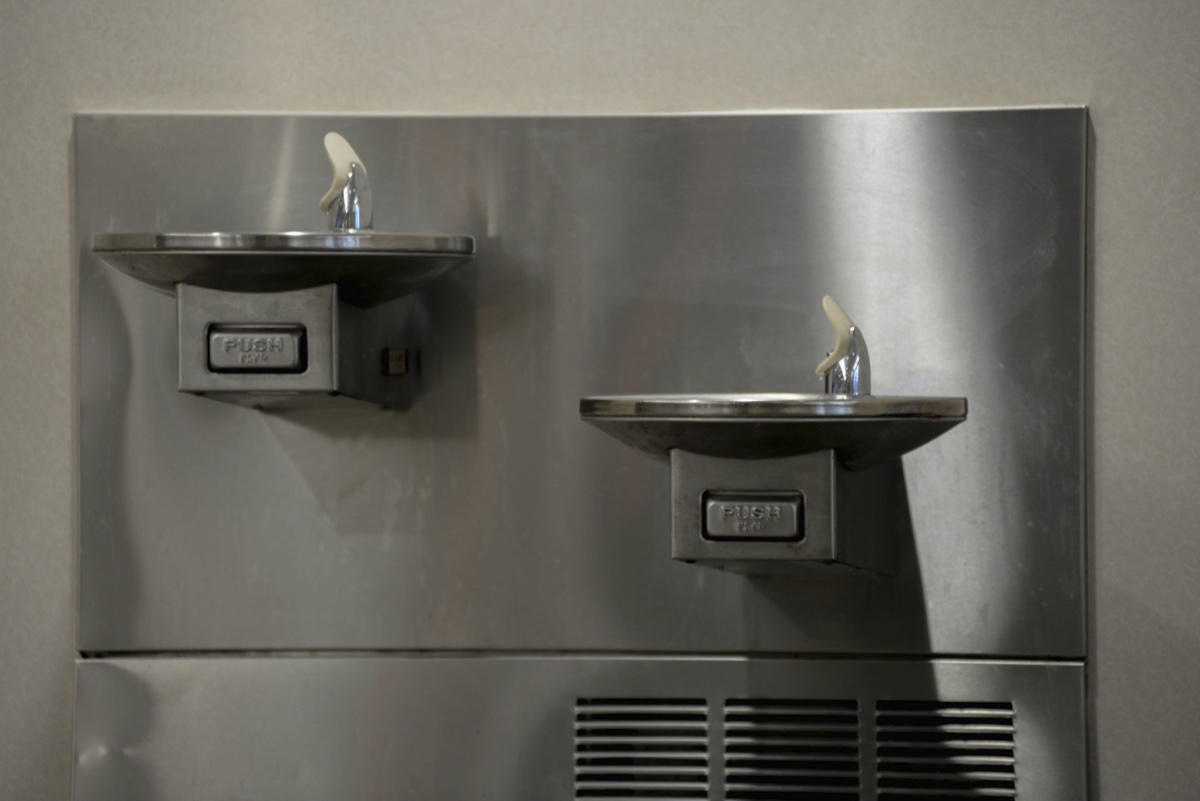High Lead Levels Found in Water at 20 Massachusetts School Districts

Photo via iStock/dkhoriaty
Testing conducted over the last two years reveals that 20 Massachusetts school districts—including Boston, Brookline, and Newton—had high levels of lead in its water, above regulatory limits, state regulators say.
The testing covered just 293 of the state’s more than 7,000 schools and early education centers, but some experts say the findings suggest our lead problem could be far more widespread than previously thought.
The schools found to have high levels of lead were located in: Arlington, Boston, Brewster, Brookline, Burlington, Granby, Halifax, Hopedale, Newton, Northbridge, Pembroke, Reading, Royalston, Sharon, South Hadley, Sterling, Swansea, Wales, Weymouth, and Winthrop.
The federal Environmental Protection Agency recommends schools not use water when lead concentration is greater than 20 parts per billion, while the state’s Department of Environmental Protection suggests a more stringent 15 parts per billion.
Roughly 97 percent of samples tested from the 293 schools and early education centers had acceptable levels of lead under MassDEP guidelines. The highest levels were detected in September 2014 in Newton, where a faucet at the Ward Elementary School had 15-times the acceptable amount of lead.
Boston Public Schools have faced scrutiny over lead levels in its drinking water. Two months after a bubbler at Mattapan’s Chittick Elementary School was revealed to have seven times the acceptable amount of lead, BPS officials alerted parents that students may have consumed lead-contaminated water at three schools in Dorchester, Brighton, and Jamaica Plain.


